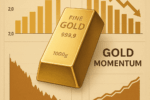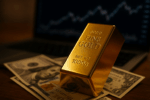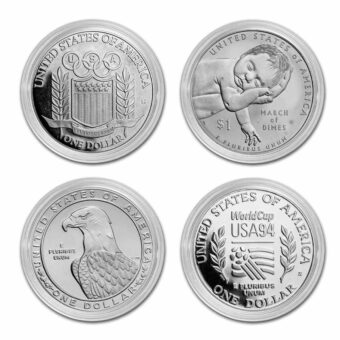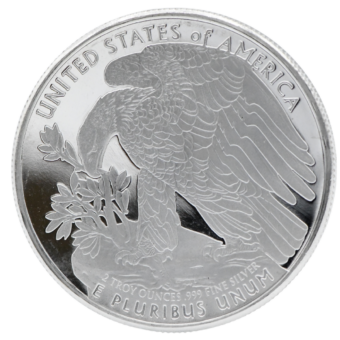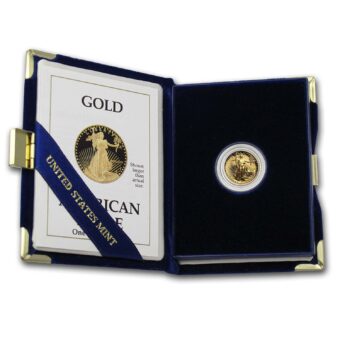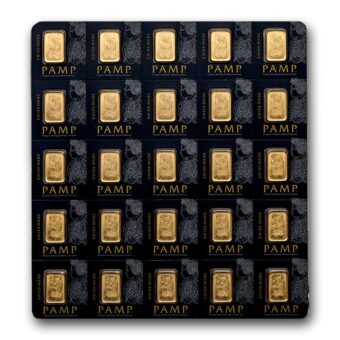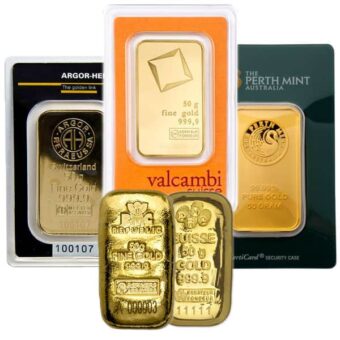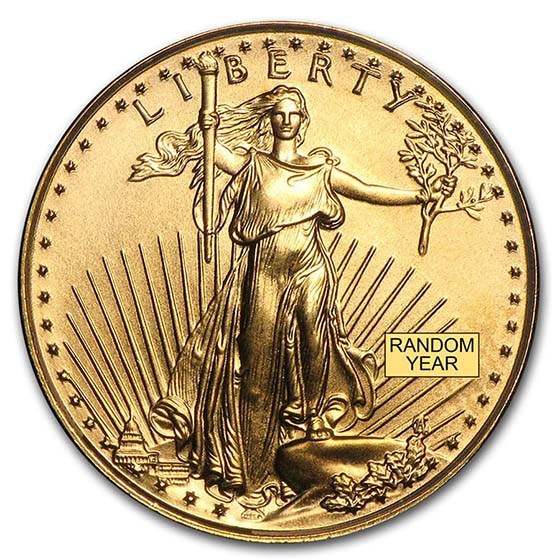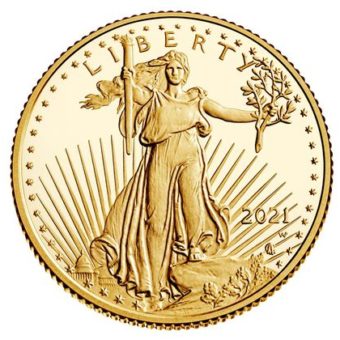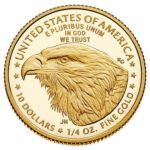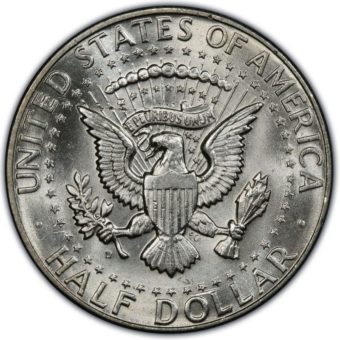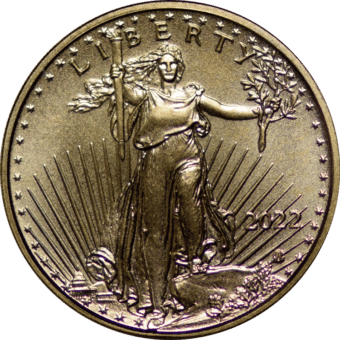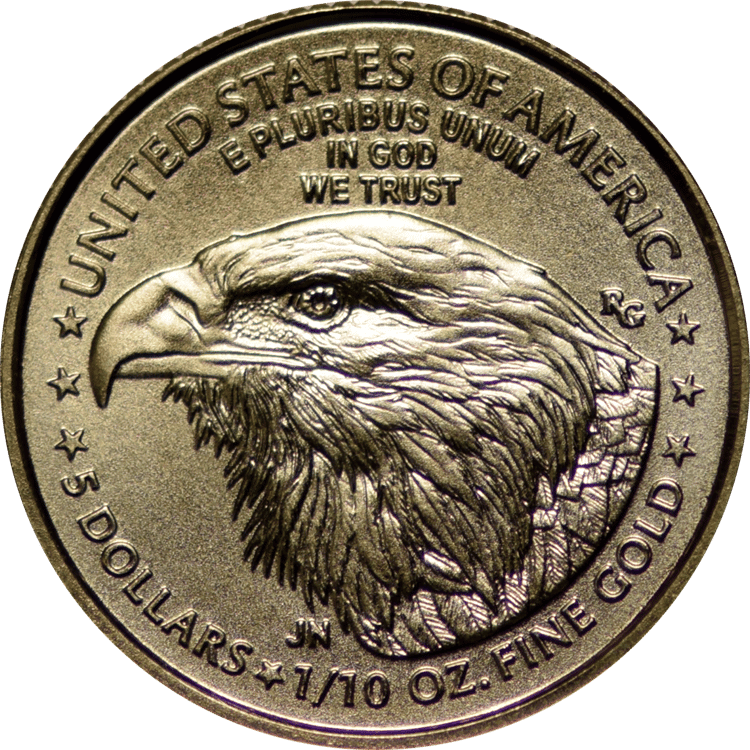Market Recap: The Week in Precious Metals
Monday – 2.04.25
Gold dipped 0.19% to $2,813.47 per ounce, while silver declined 0.76% to $31.62 per ounce. A stronger U.S. dollar put pressure on metals, reflecting shifting investor sentiment following mixed economic data. Additionally, concerns over trade relations between the U.S. and China continued to create uncertainty in financial markets, prompting some to reassess their exposure to traditional assets.
Tuesday – 2.05.25
Gold gained 0.5%, reaching a record high of $2,858.12 per ounce, as global market participants increased their exposure to safe-haven assets. The escalation of U.S.-China trade tensions contributed to the metal’s upward momentum. Silver also advanced, climbing 0.62% to $32.26 per ounce. The anticipation of key economic data releases later in the week kept market sentiment cautious, with many awaiting further guidance on inflation and Federal Reserve policy.
Wednesday – 2.06.25
Gold prices remained elevated, inching up 0.1% to $2,868.94 per ounce. Continued demand for safe-haven assets was balanced against a slight rebound in equities, leading to a relatively stable session. Silver edged down 0.15% to $32.21 per ounce as investors weighed the impact of upcoming labor market data. Many analysts believe that labor trends will play a critical role in shaping future monetary policy decisions.
Thursday – 2.07.25
Gold climbed 0.4% to $2,867.69 per ounce, marking its sixth consecutive weekly gain. Growing market uncertainty regarding the economic impact of trade disputes contributed to steady demand. Silver moved slightly higher, up 0.2% to $32.26 per ounce. The market’s focus shifted to the upcoming U.S. payrolls report, which could provide key insights into labor market strength and potential Federal Reserve policy adjustments.
Friday – 2.08.25
Gold and silver prices continued to trend higher as market participants sought stability amid policy uncertainty. April gold rose by $14.20 to $2,890.90, while March silver gained $0.104 to $32.73 per ounce. Despite intermittent strength in the U.S. dollar, precious metals maintained momentum, reflecting continued interest in diversification strategies.
Gold Prices React to Mixed Jobs Data
Gold prices experienced notable swings following the release of U.S. employment data, which presented a mixed economic picture. While job growth slowed, wage increases suggested continued labor market resilience.
Key Takeaways:
- Job Growth Slows: The U.S. economy added 143,000 jobs in January, falling short of the expected 169,000.
- Unemployment Rate Declines: The jobless rate ticked down to 4.0%, from 4.1% the previous month.
- Wage Growth Accelerates: Average hourly earnings increased 0.5% to $35.87, representing a 4.1% rise year-over-year.
Market Reaction:
Gold initially surged to session highs before retreating, closing at $2,630.80 per ounce, up 0.29% on the day. The data added to ongoing discussions regarding potential Federal Reserve policy changes and their implications for inflation and interest rates.
Citi & UBS Lift Gold Targets to $3,000 Amid Economic Uncertainty
Leading financial institutions Citi and UBS have raised their gold price forecasts to $3,000 per ounce, citing ongoing global trade concerns, increased central bank purchases, and rising demand for portfolio diversification.
Key Forecasts:
- Citi’s revised projection expects gold to reach $3,000 per ounce within three months, up from a prior target of $2,800.
- UBS adjusted its 12-month forecast to $3,000, underscoring gold’s role as a hedge against market volatility.
- Central banks continue accumulating gold, with purchases supporting higher price expectations.
Key Factors Driving Gold’s Strength:
Citi analysts attribute gold’s rally to ongoing geopolitical and economic developments, which have led to increased demand from central banks and market participants alike. The firm also highlights the potential long-term implications of shifting trade policies and currency movements.
What’s Next?
Despite recent gains, both Citi and UBS believe gold has room for further appreciation. If global economic conditions remain uncertain, demand for safe-haven assets may continue to support upward price momentum in the months ahead.
JPMorgan’s $4B Gold Transfer Highlights Tariff Concerns
JPMorgan Chase has announced the delivery of over $4 billion in gold bullion this month, a move that reflects shifting global trade dynamics. The bank’s decision to transfer 1.485 million ounces of gold into U.S. storage has raised questions about potential tariff impacts and market positioning strategies.
Key Market Observations:
- This marks one of the largest gold deliveries in Comex history, emphasizing heightened demand for physical metal.
- Gold futures in New York are trading at a premium to London spot prices, suggesting a regional imbalance in supply and demand.
- Concerns about potential new trade restrictions may be influencing institutional strategies related to gold holdings.
Market Outlook:
While the implications of JPMorgan’s gold delivery remain uncertain, analysts are closely monitoring trade policy developments. If import conditions change, further adjustments in gold storage and distribution patterns could emerge.
Economic Calendar: Key Events to Watch (Feb. 10-14)
Tuesday, Feb. 11
- Federal Reserve Speeches: Fed Chair Jerome Powell will testify before Congress, providing potential insights into monetary policy.
Wednesday, Feb. 12
- Consumer Price Index (CPI) Report: A crucial measure of inflation, which may influence gold’s trajectory based on expectations of future rate adjustments.
Thursday, Feb. 13
- Initial Jobless Claims & Producer Price Index (PPI): Labor market conditions and wholesale inflation data will help shape market sentiment.
Friday, Feb. 14
- U.S. Retail Sales & Industrial Production Reports: Key indicators of consumer spending and economic activity.
Potential Impact on Precious Metals:
- Higher-than-expected inflation readings (CPI, PPI) may increase gold and silver’s appeal as inflation hedges.
- Weak employment data (jobless claims) could raise concerns about economic momentum, potentially supporting gold prices.
- Stronger retail sales or industrial production might bolster the dollar, which could influence gold’s short-term movements.
Conclusion: Gold’s Role in an Evolving Economic Landscape
Gold’s recent performance reflects broader economic and geopolitical trends, with central bank purchases, trade policy developments, and inflation concerns playing key roles in shaping demand. As financial markets assess shifting monetary policies and economic indicators, gold continues to be a widely recognized store of value.
For those seeking diversification and long-term financial stability, physical gold and silver remain essential components of a well-balanced portfolio. Stay informed and explore opportunities in precious metals by visiting Prime Assets today.




